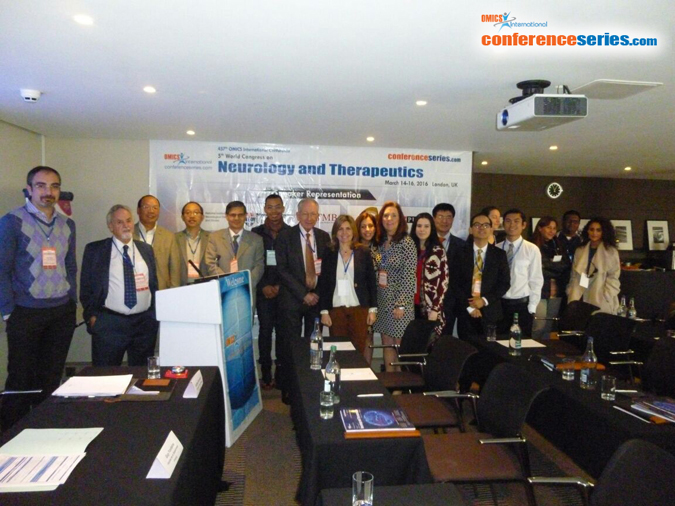
Guy H Fontaine
Pitié-Salpêtrière Hospital, France
Title: A new way of brain protection in OHCA and stroke by therapeutic hypothermia by adiabatic CO2 expansion in the mouth
Biography
Biography: Guy H Fontaine
Abstract
Therapeutic hypothermia produced by evaporation of Per Fluoro Carbon in the fossa nasalis in a flow of oxygen reported in a prospective multicentre study has demonstrated a tendency to improve outcome in out of hospital cardiac arrest. When I saw the experiments on pigs at the Weil Institute of Cardiac Care Medicine (WICCM), I was immediately convinced that another approach of cooling could be abrupt decompression of gas. After multiple experiments I demonstrated that it was possible to obtain on the same model a drop of brain temperature similar to the work previously reported at the WICCM. However, the simultaneous work on infrared images on severed pig heads suggested that it was possible to cool the brain by the decompression of gas inside the mouth instead of the nose which looks to be an even less invasive and faster method on the field. The second major interest of this new technique seems to be its application in stroke also suggested by animal models. It was during these experiments that my wife watching TV beside me experienced an episode of cardiac arrest that I was able to diagnose immediately. I started Cardio Pulmonary Resuscitation followed by defibrillation performed by an old but still working defibrillator that I kept in the basement of my house when the original study of the method of fulguration was completed. Before arrival of Fire Brigade I used a bottle of compressed gas also available in the basement of my house and delivered the cooling gas at that time in the fossa nasalis. Despite a period of 6 min of no-flow she was able to recover after 5 days of coma with absolutely no neurologic deficit. This fortuitous resuscitation using for the first time brain cooling by decompressed gas will be used for the first pilot study supported by the Schiller Company (Switzerland). It will start soon in the city of Lugano which is already famous for its highest success rate of resuscitation (50%).


